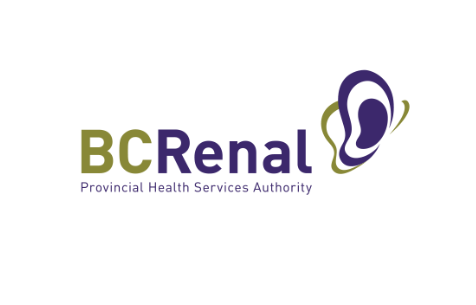The switch from steam to electric sterilizers will significantly reduce water consumption.
Two Vancouver hospitals, Mount Saint Joseph (MSJ) and St. Paul’s Hospital (SPH) are undergoing an exciting initiative that is projected to save 5,600 cubic metres of water annually. Recommended by Mehrdad Gharibnavaz, Providence Health Care’s Energy and Emissions Manager, and led by Tony Munster, Executive Director of Projects, Planning & Facilities Management at Providence, this project aims to replace the hospitals’ aging steam sterilizers while reducing carbon emissions and water usage. The initiative aligns with CleanBC’s targets for emission reduction and offers financial incentives of around $40,000 to 50,000 per sterilizer. Between the two hospitals, five sterilizers will be replaced by the end of the 2023 calendar year.
Sterilizers play a crucial role in ensuring equipment used in operating rooms is thoroughly disinfected. In the past, steam sterilizers were the most effective and cost-efficient method because they could reach all areas of surgical equipment. However, steam sterilizers require a large amount of water and use natural gas to maintain the high temperature needed for effective disinfection. Since the steam sterilizers at both MSJ and SPH are near the end of their lifetime and need to be replaced, this was an opportunity to look at other options on the market.
In their search, the project team discovered a promising alternative—electric sterilizers. Unlike its steam counterpart, the electric sterilizer only requires a minimal amount of water to operate. The new sterilizers will reduce water usage by up to 99 per cent, and carbon emissions could be reduced by the same percentage by switching from natural gas to hydro electricity.
“We were excited to learn about the electric sterilizers and their carbon emission benefits,” says Tony. “When we also learned about the significant water reduction savings, we were convinced. Switching to electric sterilizers will decrease our emissions and contribute to planetary health.”
The new technology also offered an avenue to capture subsidies from CleanBC, the BC Government’s plan to lower climate-changing emissions by 40 per cent by 2030. Providence kicked off the project in 2022 with a feasibility study and planning phase to accommodate the different infrastructure needs between the steam and electric sterilizers.
“We encountered some challenges during the project, particularly in terms of infrastructure and electrical capacity,” says Tony. “However, with the support of our team – Impact Engineering, AG Engineering and BC Hydro – we were able to overcome these obstacles and stay on track to achieve our goals. It’s been a collaborative effort, and we’re proud of the progress we’ve made. It signifies our commitment to environmental values and targets. It’s a worthwhile investment that helps us reduce emissions, water consumption and create a healthier future for our community.”
Providence hospitals are setting an example for health care facilities looking to minimize their environmental footprint while ensuring patient safety. Through collaboration and innovation, the PHC project team has developed clean energy solutions, while making important strides towards a more sustainable health care system.








